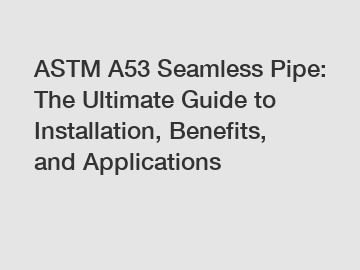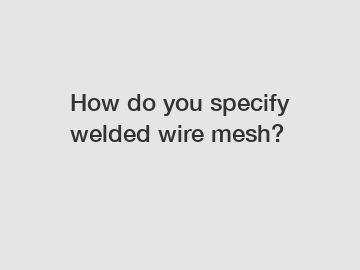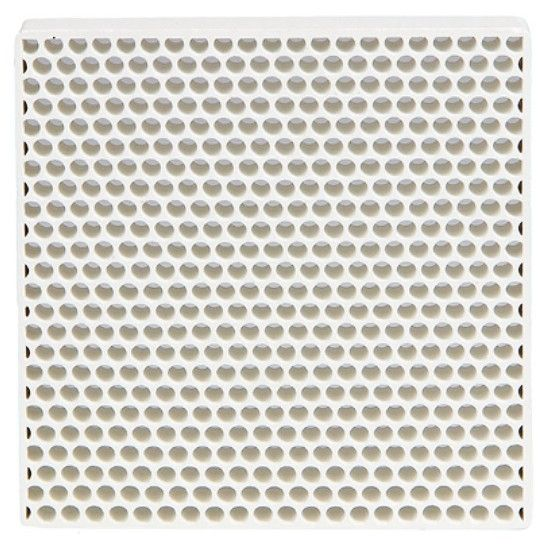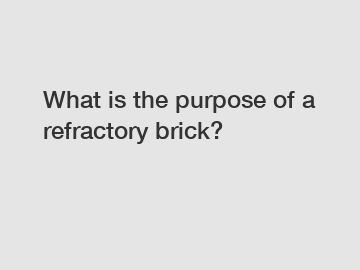Copper Clad Steel vs. Solid Copper Coax
Buying the right coaxial cable can be confusing! You have different “RG” designations, multiple shielded variations, and even different outer sheath (cable jacket) options. Adding to the confusion are two different center conductor types. In sorting through this confusion, we will address an age-old debate as to whether you should opt for solid copper center conductor coaxial cable, or if CCS or copper clad steel is “good enough”. Keep reading to learn about the difference between solid copper and copper clad steel.
Coaxial cable has been provided in two primary center conductors types for some time:
Solid copper (BC or bare copper)
Let’s look at an illustration of how coaxial cable is constructed to give you a better idea of what part of the cable we are talking about:
Perhaps the standards setting organizations like ANSI/TIA, SCTE, or some other organization will help clarify which one is better?
The ANSI/SCTE 74 specification allows for either one to be used. No help there.
The ANSI/TIA 568.4-D BroadBand Coaxial Cable and Components standard makes no distinction between the two in regards to performance. Still, no joy.

The ANSI/TIA 568.0-E Generic Telecom Cabling Standard only separates the two in regards to the amount of pulling tension that can be applied to the cable while installing it. The specification states copper clad steel may have up to 75 ft/lbs applied and 40 ft/lbs is tops for solid copper. Helpful, but still coming up short!
So, what will it take to get the answer!? In truth, the answer is “yes, kind of”. Confused yet? Let’s untangle the difference between solid copper and copper clad steel before people start popping anti-anxiety meds.
Coaxial cable constructed of copper clad steel relies on what is known as the “skinning effect”. In other words, the signal travels down the copper coating to the destination and it is perfectly fine for data transmission. There is no measurable loss in data transmission between copper clad steel and solid copper center conductor coaxial cable. As long as the copper coating over the steel remains intact, all is good.
Where solid copper coax cable really puts copper clad steel to shame is when it comes to cable runs requiring voltage. Now, we don’t mean AC voltage here. We are referring to low DC voltage for powering up a satellite dish, for example. In fact, copper clad steel will lose TWICE as much voltage over the same distance as solid copper. Finally, we see a big difference between the two! This is why satellite installers and satellite system designers require solid copper coaxial cable. Satellite dishes and receivers use a LNB (Low-Noise Block downconverter) that requires power across the coaxial cable.
Additional resources:How much does a 16 ft hog panel weigh?
Which innovative applications utilize Monel Woven Mesh?
What is the composition of glass fiber filter?
Which Security Screen for Sliding Doors Best Protects Your Home?
Which innovative galvanized corrugated steel sheets design is best for eco-friendly housing?
Top advantages of steel structure design for purchasing – why choose it over traditional options?
10 Best Anti Fingerprint Stainless Steel Sheets: Which One Offers Unmatched Durability?
Considering you may be installing coaxial cable in multiple environments, it makes little sense to stock and keep track of both. A simple mistake of grabbing the wrong spool will bring your install to a halt if you have to backtrack to the shop to get the right cable. There is also the possibility of the future to consider: What if down the line someone needs to install some sort of power injector onto that coaxial cable? If you used copper clad steel, you just caused yourself a replacement or an angry end customer. If you install for a living, be prepared to educate your end customers about this.
Things You Need to Know:
Both CCS cables and solid copper ones have the same maximum run distance. Solid copper does not get you more length.
Both CCS and solid copper have the same data transmission characteristics, so solid copper does not get you more bandwidth
CCS cables are less expensive than solid copper
CCS can withstand more pull tension during installation than solid copper, but realistically not enough to make a purchasing decision. The upper limit of 40 ft/lbs maximum pull tension for solid copper is more than enough.
Solid copper coaxial is far superior for applications requiring voltage to a device
Solid copper is strongly recommended for satellite installations
Solid copper is the better choice for A/V (audio/visual) applications
CCS can and will destroy cable cutters. Many cable cutters designed for low voltage communications cable (like Ethernet for example) use thin razor blades to do the cutting part. A thin razor blade will end up royally wrecked if you try to cut CCS with it. CCS requires durable cable cutters with hardened steel jaws for the task.
KLS provides Copper Composite Panel,stainless steel clad plate,contact us for more information.
The Ultimate Guide to Pipe Fittings in South Africa
The Ultimate Guide to HPMC Tile Adhesive
Which is stronger N35 or N52 magnet?
What is the function of wire Container?
The Step-By-Step Guide to Custom Aluminum Casting
Affordable Carbide Bushings: Competitive Prices and Quality
Discover Hypoallergenic Stainless Steel: Nickel-Free Solutions for Allergies
Related Articles









Comments